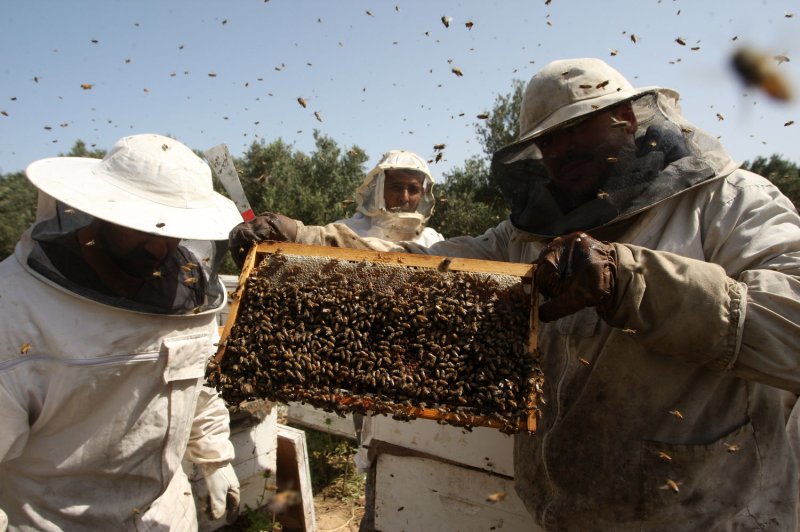NORWICH, England, Nov. 2 (UPI) -- Scientists have identified a new threat to bees, a virus carried by the invasive parasitic wasp species Vespula pensylvanica. According to a new study in journal Scientific Reports, the Moku virus is a threat to all pollinators, not just honey bees.
The virus is named for the Hawaiian island where it was first isolated. Recent DNA analysis by scientists at the Earlham Institute in England confirmed the virus' unique genetic material.















